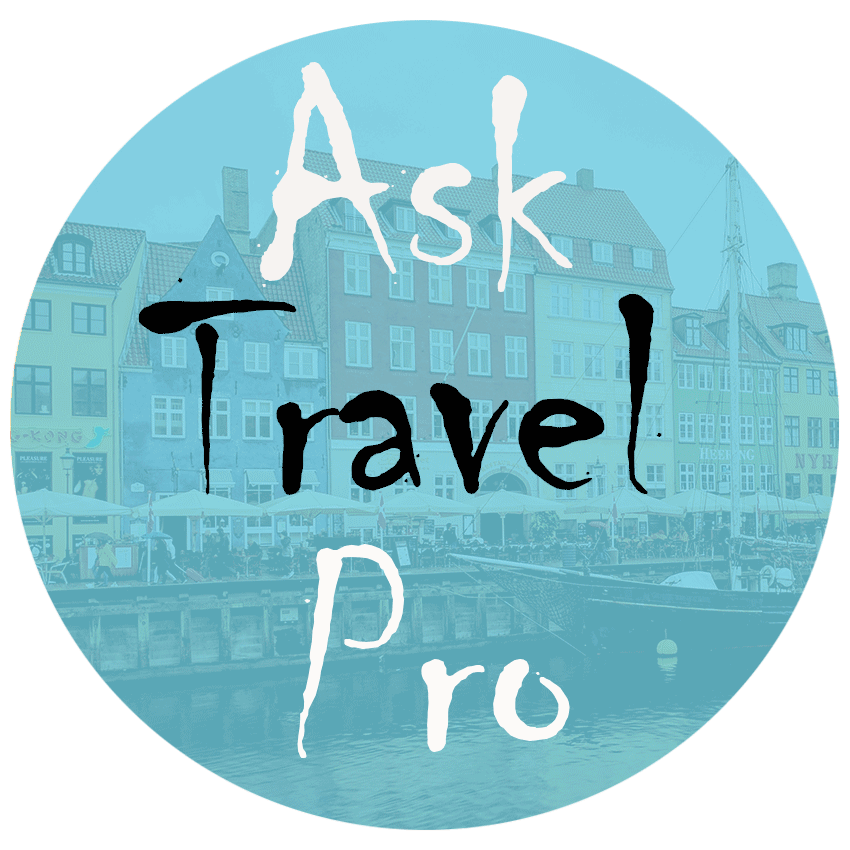Cartagena, Colombia is a Caribbean jewel that still remains very little known to American tourists.
Big cruise liners usually have a day stop in Cartagena, so passengers have a chance to stroll the narrow streets, some of which are three or four centuries old, stock up on souvenirs and maybe have dinner in a restaurant, but Cartagena is definitely worth much more than one day of brief sightseeing.
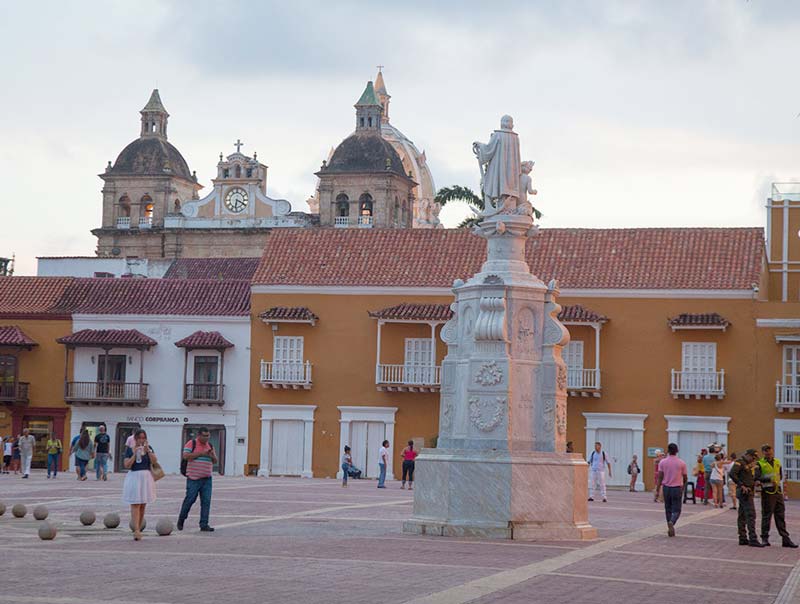
It is one of the oldest settlements on the South American continent (with the Puerto Hormigan people living there since about 4000 BC). Its new history started in 1533 when settlers from Cartagena, Spain, have made a new home on the Caribbean coast and named it Cartagena de Indias in memory of their original hometown. A convenient harbor for both fishing boats and larger ocean-traversing ships led to fast growing prosperity in the city and a big role in this growth was also played by accidental discovery of ancient tombs. The Sinu or Zenu tribe (transcriptions vary), native to ancient Colombia, had buried their rich dead along with their jewels, which were believed to be of great use in the afterlife. Little did they know that those jewels would be used by newcomers for building a new city on their ancestors' land.
Of course, this rich city in the getaway of the South American continent was very attractive for both pirates and English and French buccaneers. Cartagena was attacked from the sea many times. In order to protect city, the decision was made to fortify it. So the Castle of San Felipe de Barajas was built in 1536-1767 on a hilltop hovering above the city from where its cannons were able to reach the ships entering the bay.
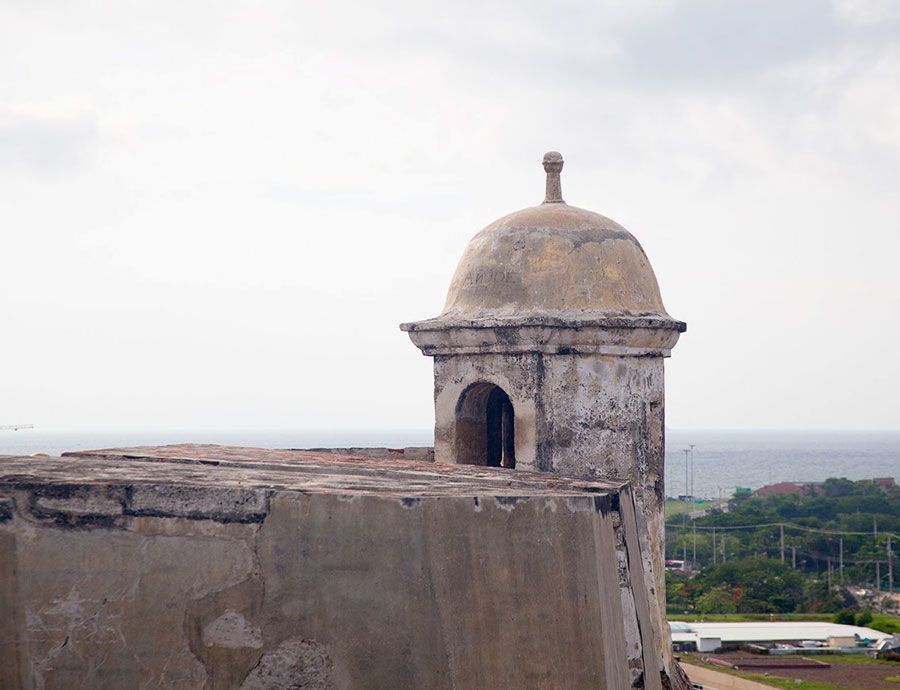
Now this fortress is one of the main tourist attractions in Cartagena. It offers a beautiful view of the city and harbor and is also famous for its long underground tunnels built for easy water, food and ammunition supply to the soldiers. The tunnels themselves are an architectural wonder. They are built in such a way that the slightest sound reverberates and amplifies, making it very easy to communicate over long distances, and also serving as early detection of a possible enemy entering the tunnels. This was a wonderful work of the military engineer Antonio de Arèvalo. Castle of San Felipe de Barajas was the biggest fortress built by the Spanish Crown outside the Spain.
There is also another great structure left from the colonial times: the city wall. Formerly used for protecting the city from attackers, it still encloses the entire old city center leaving just a few openings for cars and buses to drive through. Now the wall is a favorite place for morning runners and romantic sunset watchers.

Cartagena has the nickname "Walled city". Now, let's look at what's inside!

As you enter the walled city, you will find yourself traveling along tightly packed narrow streets lined with colorful houses, each one different from its neighbor. Old wooden doors are equipped with antique brass doorknobs of many shapes. Each of them looks like an exclusive artwork.
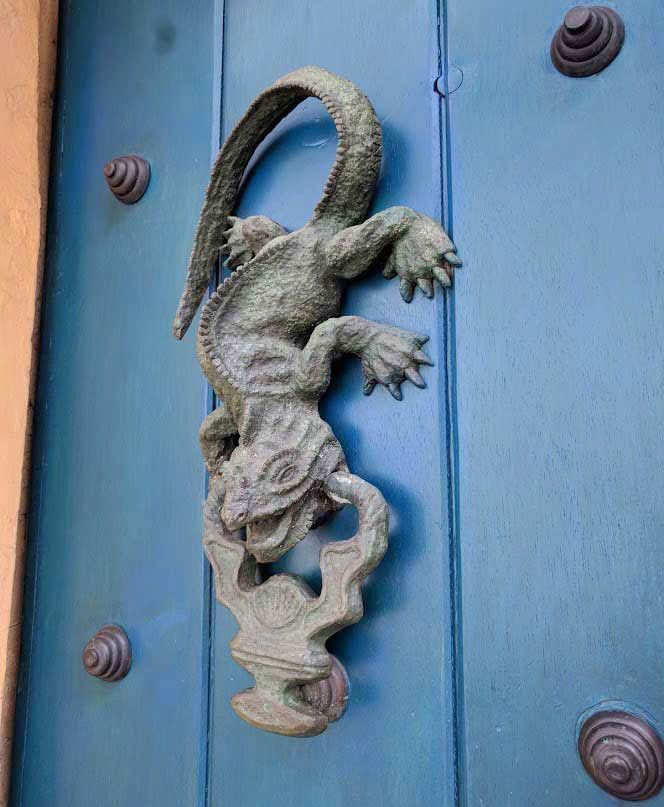
After admiring the doors, look up and you'll see nicely carved wooden parapets of the balconies intertwined with flowers: flowers are everywhere.
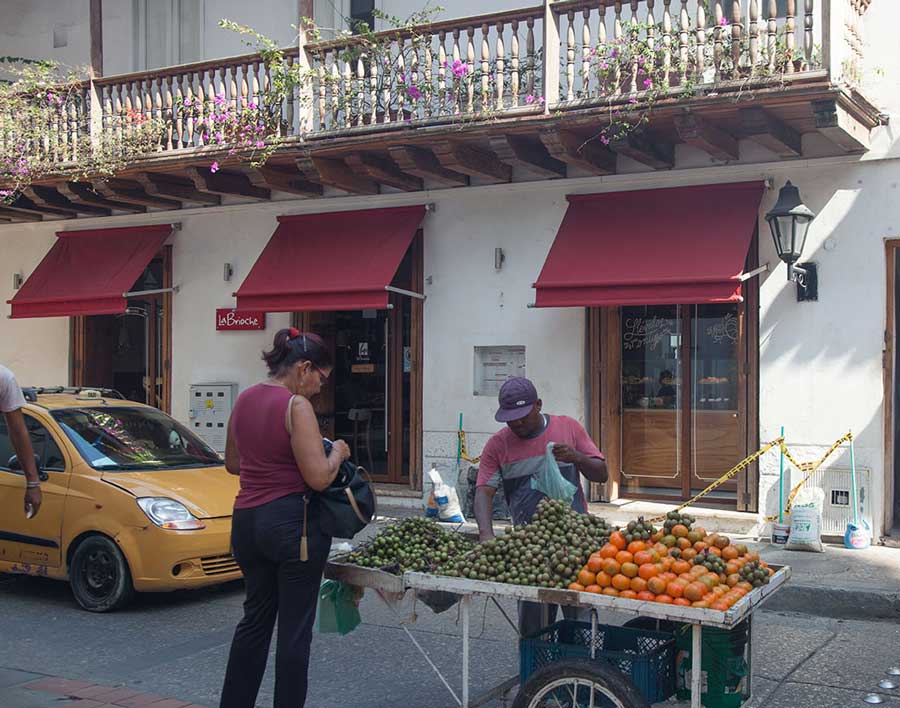
Streets and sidewalks are narrow and most of the streets have one-way traffic. Oftentimes the same road is used by cars, pedestrians, bicyclists and street vendors with their carts. Somehow they all manage to go their own way without anyone getting hurt. So do not be afraid to dive into this colorful crowd, but use caution and common sense. After all, it never hurts! But remember to keep your cash, credit card and passport in a safe place! Only keep in your wallet the amount of money you expect to spend in the next few hours.

Money
Where to get cash:
The safest and most economic way to get cash in Cartagena is through an ATM. Some merchants do accept credit cards, but a lot of them do not. Sometimes, not even chain grocery stores accept credit. Again, in some places they would accept cash payments in US dollars or euros, but in such a case be prepared to overpay as much as 20%.
Tip: when bargaining over the price, it helps to say "Voy a pagar en efectivo" which means "I will pay in cash" - and you may get a discount of 5-10% from the credit card price.

Getting around Cartagena
Getting around Cartagena and its beach outskirt, Bocagrande, lined with big hotels and resorts, is very easy. There are flocks of taxis on the streets: you will see at least one car every couple of minutes, and all taxi fares are regulated by the city, so there shouldn't be any surprises. The best way to explore the old walled city center is by foot. Or, when you do not feel like walking, hire a horse-drawn carriage. They can either drive you from point A to point B, or give a tour around the town.

Interacting with local people
People in Colombia are generally very friendly and openhearted. It is customary to greet your neighbors even if you're staying in a rented apartment for just a few days and do not know them personally. Greeting people is very easy. Just say, "Buenos!" no matter the time of day or night. Same when you enter shop, cafe, restaurant, etc.
Even if you switch to English after greeting, it's still nice to give a good impression by using a local greeting.
The only thing that may become really annoying is the street vendors. In the old center, you will be offered various kinds of souvenirs literally every couple of minutes. The good thing is that you can simply say: "No, gracias!" and they won't even insist. People in Colombia are not rich, and there are also many refugees from Venezuela struggling to make some money for a living, which is quite understandable. Street vendors sell woven bracelets, necklaces, earrings, hats, bags - you name it! Some of the souvenirs like necklaces and bracelets are made right there while vendors are waiting for buyers. You can ask for custom made jewelry in many places.
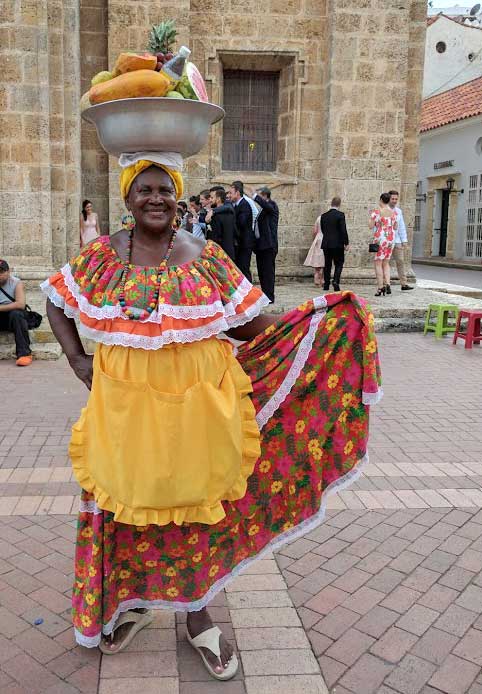
Language
If you travel to Cartagena as an independent tourist I would highly recommend to take some time and learn at least a few basic Spanish words and expressions before heading to Colombia. Please do not assume that in touristic places all waiters and sales people speak English. Yes, Cartagena is full of tourists, but a vast majority of them comes from Spanish-speaking South American countries. There are some waiters and sales clerks who speak English, but they are found mostly in fancy expensive restaurants and boutiques. So do yourself a favor and learn some Spanish! You will be rewarded with a much more interesting cultural experience!
Read more on language learning resources for travelers here: Travel Communications
Safety
Colombia had quite an alarming reputation over the past decades. Now, after the Colombian government has taken a big steps to restore law and order in the country, Cartagena has become a very safe and tourist-friendly city. From my experience I would say that I felt much safer during late night in the old city center in Cartagena than in some places in San Francisco. Just remember, like everywhere in touristic places, use common sense and watch your wallets.
Nightlife
Cartagena lives fully well into the night. As sun leaves the skies, streets are turning into food courts even more than during the day. Various performers fill the streets with drum staccato, gentle rustle of guitar strings, songs and dance. In many restaurants dinner is accompanied with live music. If you prefer night clubs - head across the river from city center to famous neighborhood Getsemani. This is your party headquarters! Feel like sightseeing and partying at the same time? Jump into the "Chiva" bus. It is a colorful old-fashioned bus that is probably still used as a transport in rural Colombia. It rides through the old city as well as new Bocagrande beach outskirt. They serve drinks and snacks on board and most of the rides include a ticket to one night club. Chiva is a wonderful way to have fun, explore the city and have a party at the same time.
Want to know what to eat in Cartagena? Read "Cartagena: foodie guide"
Need more practical travel tips? Read "10 tips to make [any] trip more enjoyable"
